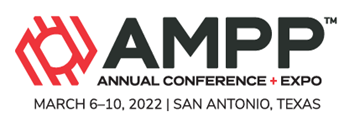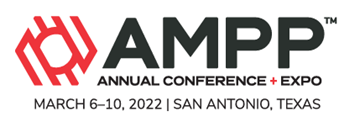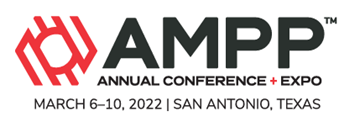Search
Products tagged with 'electrochemical impedance spectroscopy'
View as
Sort by
Display
per page
Cathodic protection shielding and prevention of the corrosion under disbonded coating in soils
Product Number:
51323-19248-SG
Publication Date:
2023
$20.00
Close Encounters of the Third ‘Crude-Oil’ Kind
Product Number:
41215-918-SG
Publication Date:
2015
$20.00
Corrosion Inhibition Of Automotive Parts In Water-Ethylene Glycol Solutions
Product Number:
51322-17593-SG
Publication Date:
2022
$20.00
Corrosion Resistance Of FBE Internal Coating Pipe In High Temperature And High CO2-H2S-Cl- Environment
Product Number:
51322-17509-SG
Publication Date:
2022
$20.00
Developing Vapor Phase Corrosion Inhibitors for Aluminum Alloys in Ethylene Glycol Coolant Solutions
Product Number:
51324-20382-SG
Publication Date:
2024
$40.00
Drawbacks of Corrosion Creep as a Performance Indicator for Corrosion Protective Coatings
Product Number:
51323-19270-SG
Publication Date:
2023
$20.00
Early Test Results of One-Coat Systems Applicable to Steel Bridge Structures
Product Number:
41208-427-SG
Publication Date:
2008
$20.00
Electrochemical Corrosion Analysis Of Stainless Steels In LALM Pyrolysis Bio-Oil With Organic Corrodents
Product Number:
51322-17759-SG
Publication Date:
2022
$20.00
Electrochemical Corrosion Studies of Different Alloys and Cement Lining Material of Water Transmission system
Product Number:
51323-19203-SG
Publication Date:
2023
$20.00
Electrochemical Noise Measurements for Assessing Level of Corrosion Protection Being Afforded by a Coating to External Metal Structures Using a Hand-Held Portable Device
Product Number:
51318-10860-SG
Publication Date:
2018
$20.00
Enhanced Oil Recovery: Localization of corrosion during polymer flooding
Product Number:
51323-18888-SG
Publication Date:
2023
$20.00
Field and Laboratory Experience with Polyurethane Pipe Linings
Product Number:
41214-863-SG
Publication Date:
2014
$20.00












